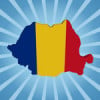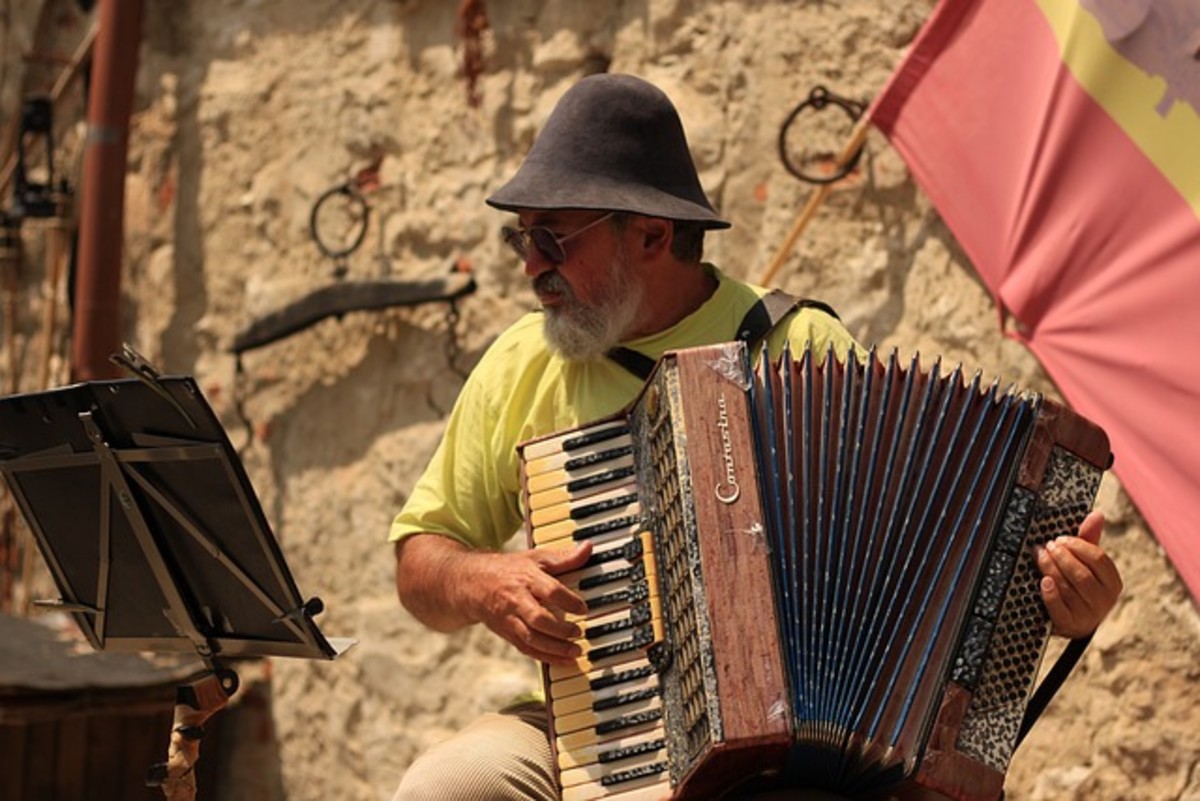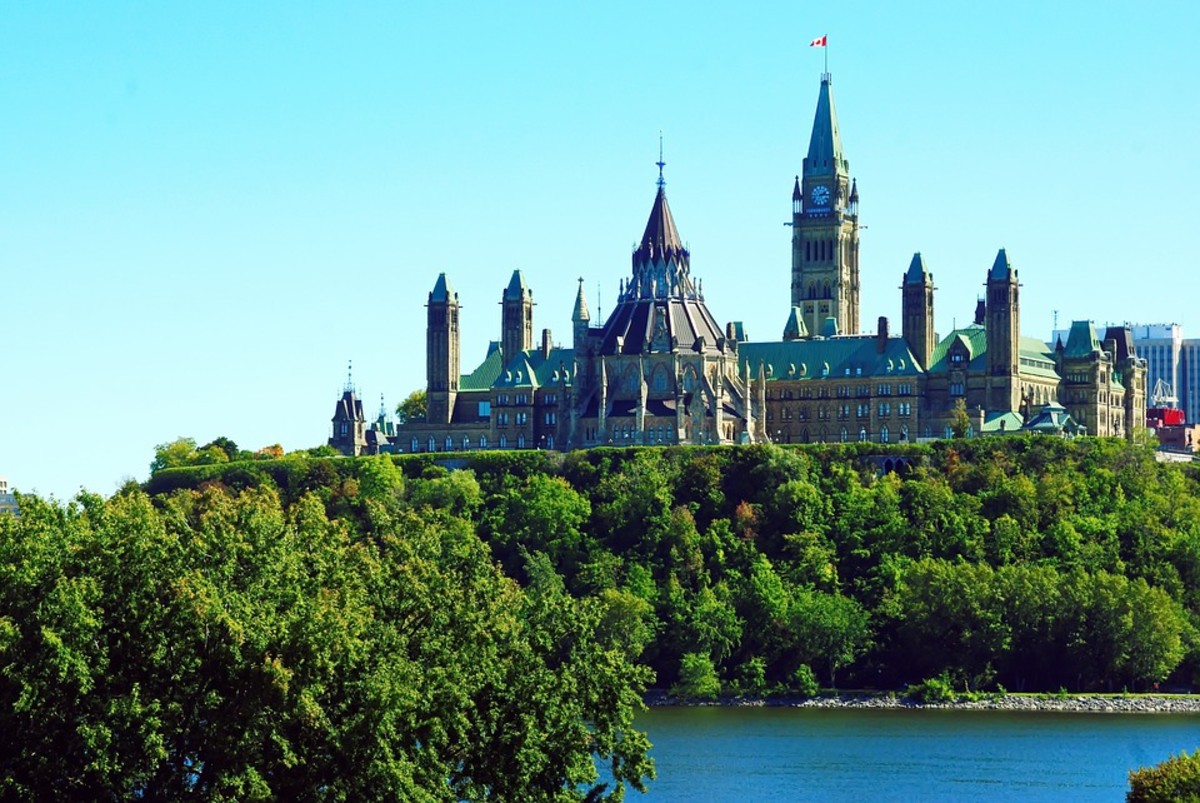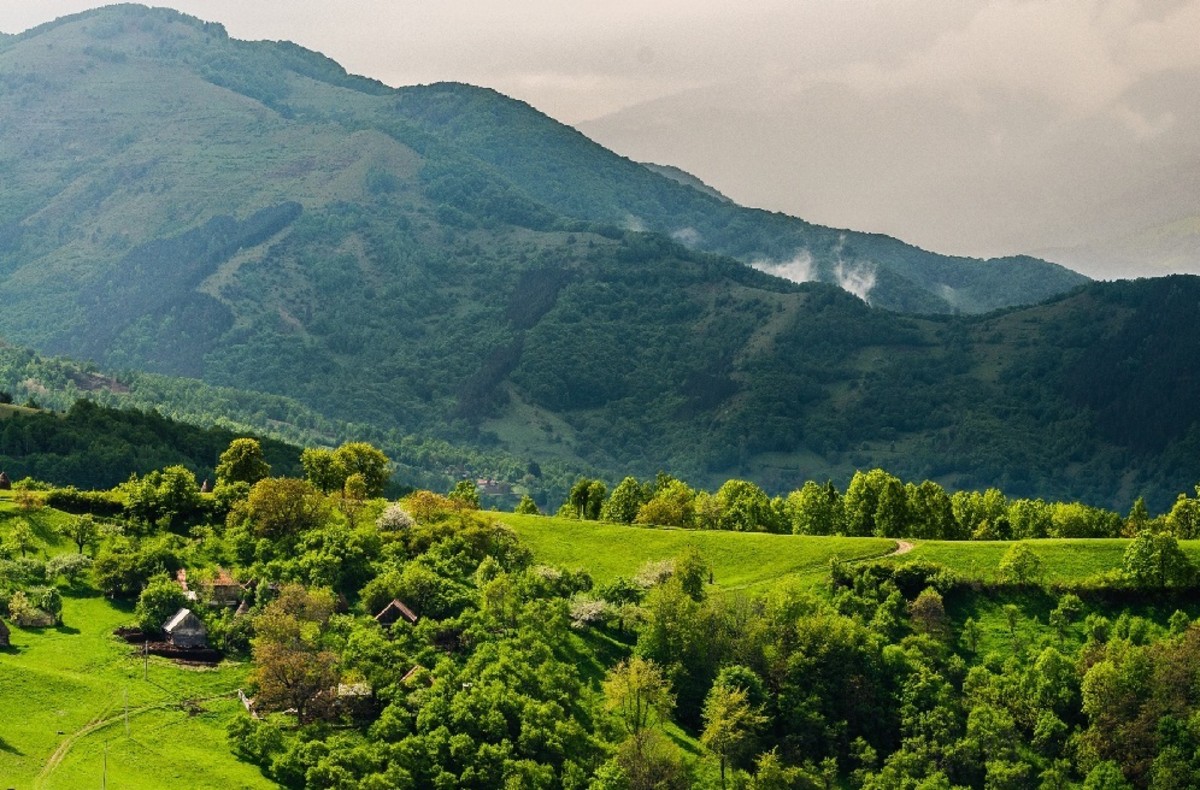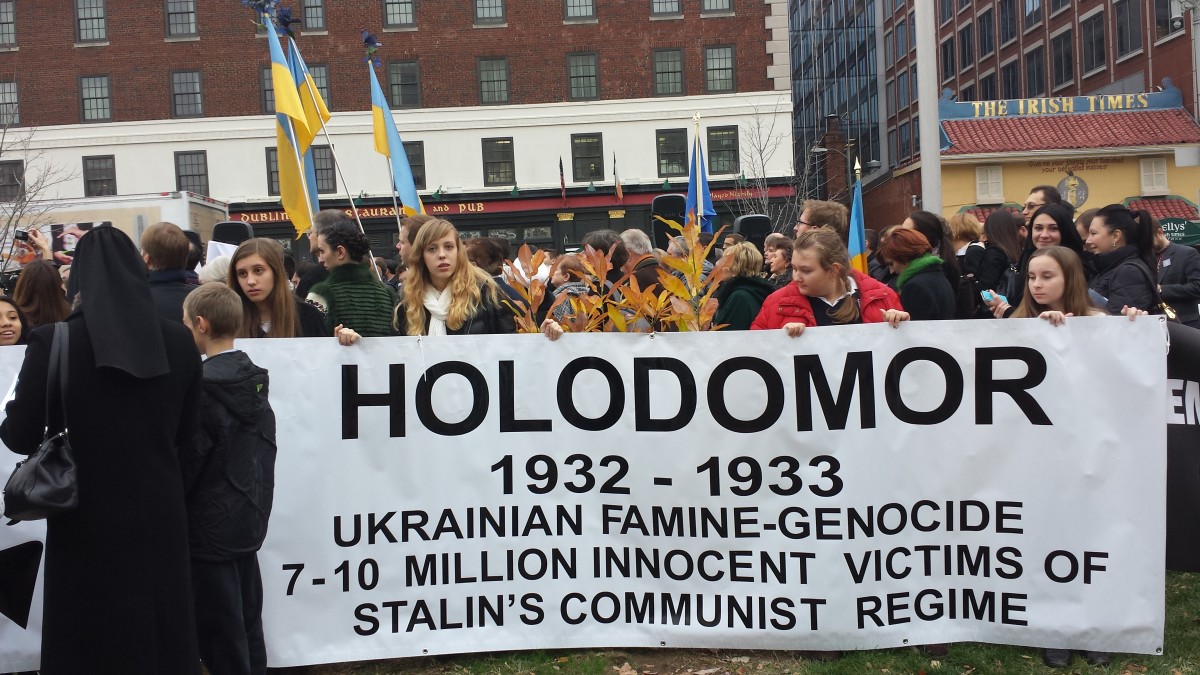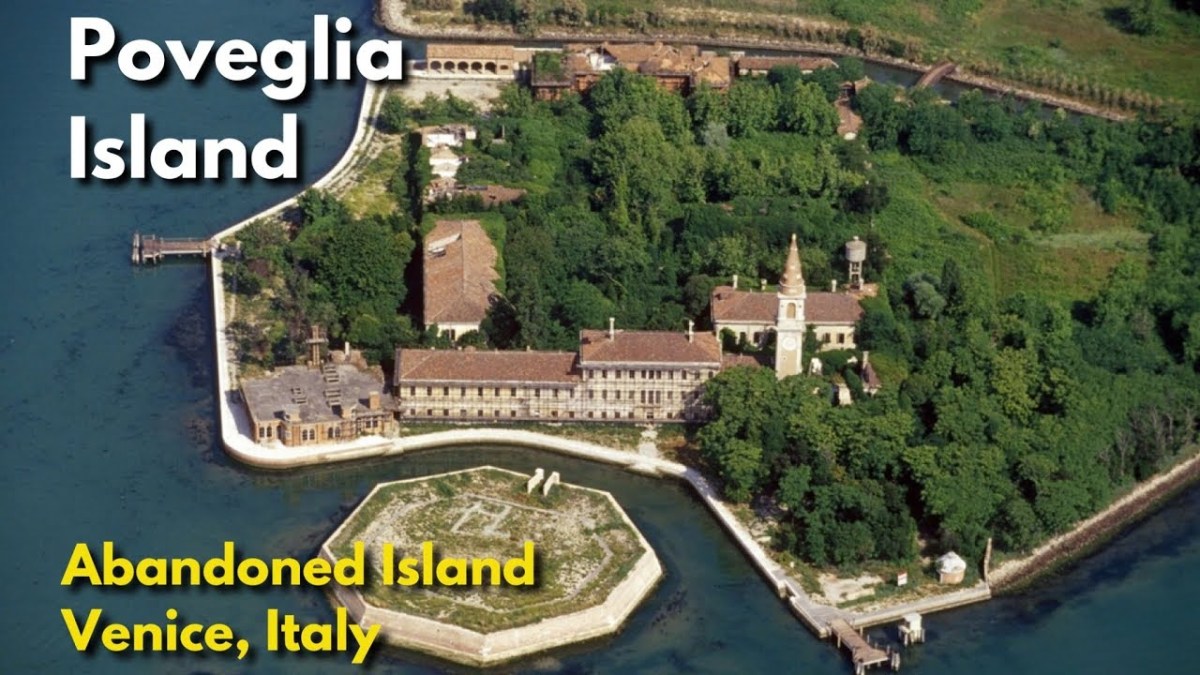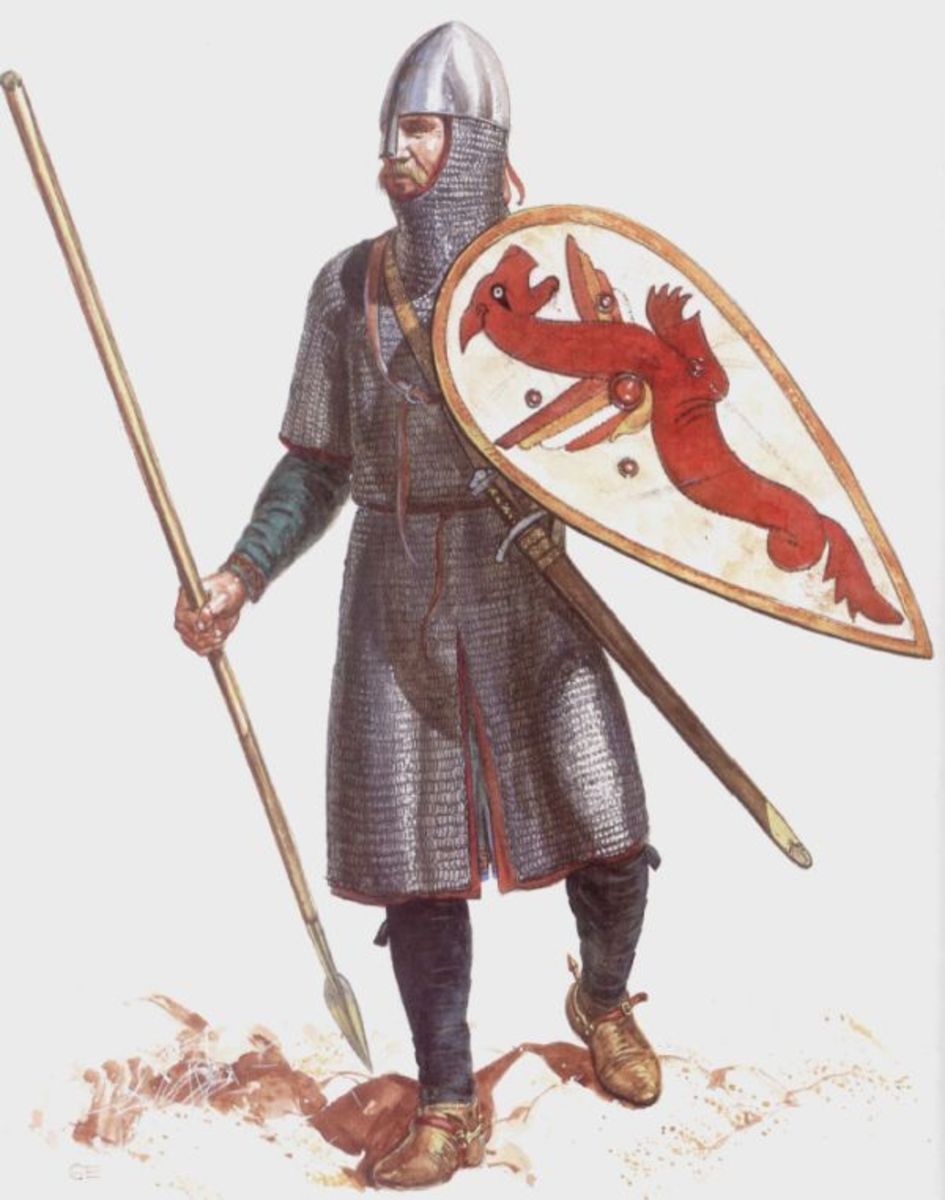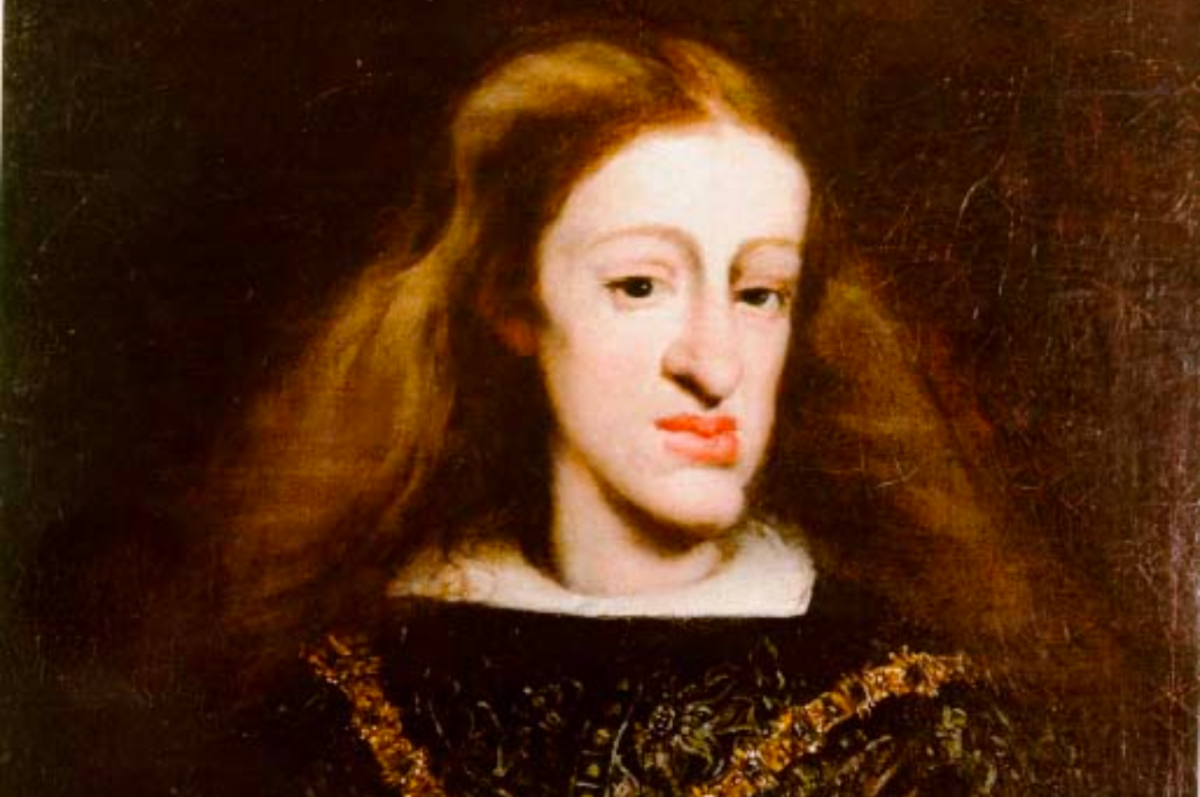Moldovans are Romanians or not? How communists tried to get them to believe that they are not Romanians
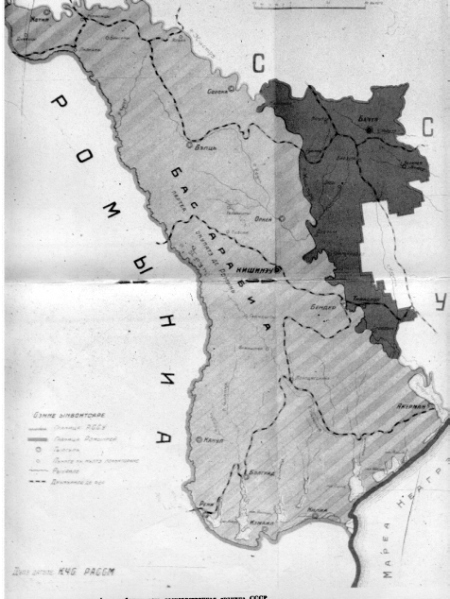
How the theory of moldovenism was born
During the four decades of Soviet domination, the most debated issue of the historiography of Moldova was the existence of "Moldovan people" and "Moldovan language". Together with Roesler's theory, this "theory of Moldovenism" is the second major challenge in Romanian point of view on the formation of the Romanian people. The theory is rejected by the vast majority of Western scientists.
In essence, theory mention immigration, like that of Roesler. According to it, Romance people would come east of the Carpathians in XIV century, long after the Slavs, which would thus be the oldest inhabitants of the territory. Slavs mixture with newcomer would have resulted in Romanic "Moldovan people".
This was the official view of the Soviets about the issue of the Romanian people, but many historians and politicians continued, even after independence of Moldova, to support this theory. Since 2009, when the gradual opening of the archives of Moldova, Ukraine and Russia showed that Moldovenism theory was created by the Soviets in purely political reasons to justify inclusion of the Bessarabia in the USSR.
The theory was used by Soviet propaganda in the 1920s to challenge the union of Bessarabia with Romania. In 1924 the Soviet authorities decided to create a "Moldovan Soviet Socialist Republic" in Transnistria, which is composed of Soviet Ukraine. The new republic was officially born on October 12, 1924, and the purpose of its creation was to "fight for the restoration of unity of the divided Moldovan people by the Romanian bourgeoisie". In fact, the existence of MSSR was a way of undermining the Greater Romania.
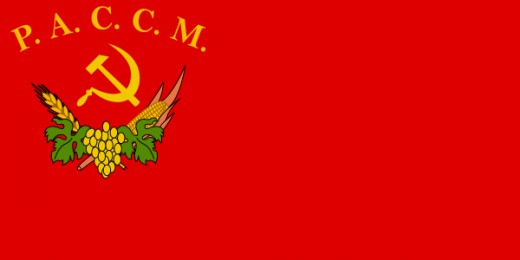
Moldovan language - result of political decision
According to archive documents, by creating MSSR, the Communist Party of Ukraine has appointed a commission charged with propaganda efforts. The three members of the committee were A.L. Grinstein, I.I. Badeev and Gr. I. Starîi. The question of the existence of the Moldovan language was discussed intensively, especially after the birth of anti-Romanian propaganda publication "Red Ploughman", published on 1 May 1924. The question was raised about the language of this journal.
The language spoken by the Romanians in Transnistria did not have a unitary character or literary, and it is not cultivated in Russian government schools. With this issue, the committee was divided: Starîi thought that it should be used Romanian language and Latin script, while the other two held that there was a "Moldovan language" distinct from the Romanian. Obviously none of them was a specialist in philology.
Starîi argued that it was impossible to create a new "Moldovan language", and that this can not be the result of arbitrary political decisions. Instead, Badeev said there is a "Moldovan language" other than Romanian, as Russian differ from Ukrainian. In addition, he argued that there is a literary Moldovan language, but that the two languages are in the process of differentiation, Romanian receiving influences from the West, and "Moldovan" from Russian. And of course, for publications in the "Moldovan language" Slavic script would be used. On the other hand, he argued that since the ultimate goal is to proclaim the Soviet Romania, Romanian language would be the best (and most affordable) way propaganda.
All these discussions of the committee ended in a Badeev report by the end of August 1924. It is the first official Soviet document which speaks about "Moldovan language". Following discussion the committee decided at the end the "development" of popular Moldovan language and to use Cyrillic. That's how "Moldovan language" appears, as the result of a political decision taken without consultation of an expert in philology.
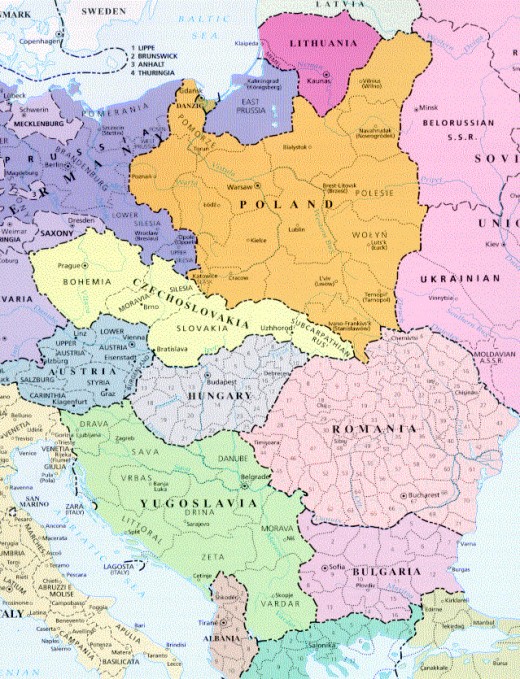
Moldovenism in Moldavian Soviet Socialist Republic
When MSSR was born in October 1924 was used the term "Moldovan people", much of which is "subdued to Romanian bourgeoisie." The official Soviet viewpoint was that Bessarabia is part of MSSR and should be freed from "Roman yoke". After the Molotov-Ribbentrop pact and the annexation of Bessarabia, was organized east of Prut The Moldavian Soviet Socialist Republic. Soviet authorities imposed historiographical theory which claimed the existence of people and Moldovan language.
As the historiography of Romania take a prominent national course in the 60s, one in Moldova suffered from very intense Soviet propaganda. During this period appear studies signed by N.Mochov and Ja.Mosul, emblematic Soviet historians of the "theory of Moldovenism".
Especially after 1964, after the appearance of the third volume of the History of Romania in Bucharest (which speaks about the problem of Bessarabia) and the work of Karl Marx who wrote about Romanians, records show a serious concern of the authorities of MSSR to fight against "Romanian nationalists". In addition, in 1965 was held a demonstration in favor of introducing Moldovan Latin script. Numerous documents show the existence of an intense corespondence between Chisinau and Moscow regarding this issue.
Chisinau authorities show that penetration of Romanian press in Moldova, Romanian radio and television and Western radio stations "confuses the Moldovan people". Thus, in 1967 was decided realization of "scientific studies" about the existence of "Moldovan people". Also, 1966 is prohibited studying Romanian books from public libraries and entry into MSSR works of authors such as Nicolae Iorga, Octavian Goga, Lucian Blaga etc. Soon, the only Romanian books which were accepted, were technical, medical and dictionaries. History books were strictly forbidden. In addition, it was decided jamming Western radio stations.
In 1966-1967 the authorities started to organize events celebrating the history of Moldova, as June 28: "liberation from Romanian occupation". In 1966 they celebrated 300 years since the foundation of Chisinau. In the '70s historiography of MSSR become vehemently anti-Romanian and criticism of Romanian historians in the next decade becomes a fact. Some of them even talk about the existence of "anti-Moldovan campaign in Romania".
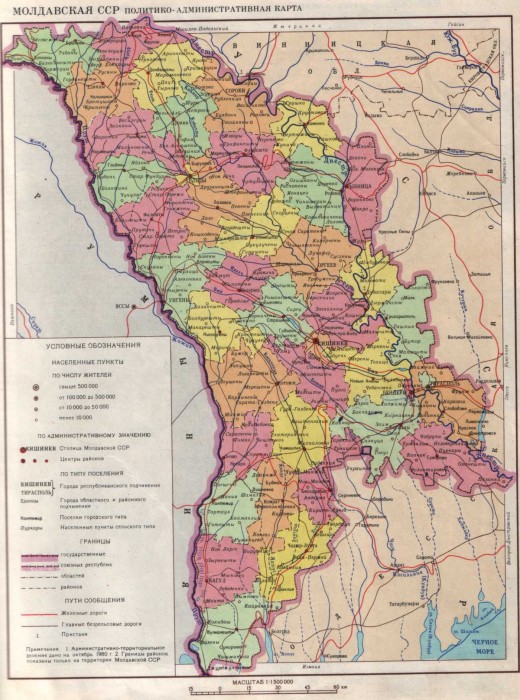
How "Moldovan nation" was formed
The first "scientific" work from Soviet Moldova was "The history of MSSR", which was published in two volumes in 1951 and 1955. The authors claimed "the theory of the two Romance peoples" Romanians and Moldovans would have the same ancestors, namely "Vlachs", a population comprised of Romans and Slavs. From their coexistence with the East Slavs would be born in the XIV century, "the Moldovan people".
According to this work, in the centuries II-IV the territory between Carpathians and the Dniester was inhabited by various tribes considered (without any serious arguments) by Soviet historians as being predominantly Germanic, Slavic or mixed. Was also included a presence that would be Getian, or "late Scythian".
Then in the fifth century, there had been a massive depopulation of the territory of Moldova, probably due to the devastation of the Huns. Between the V-VIII, the area was filled with Slavs. They bring here "Slavic culture", joined by other populations.
All these theories were formulated on the basis of archaeological finds. In the 70s and 80s Soviet historiography claimed that most of the early medieval archaeological finds from the area of the investigated region belonged to the Slavs. Overall, it was found that during this period in the Eastern Carpathians there wasn't a Roman population.
In X-XI centuries, late migrations (Hungarians, Pechenegs) have severely affected the Slavs, but they were able to remove these migrants. Then the Golden Horde attack triggered a period of decline in the thirteenth and fourteenth centuries, preventing the formation of powerful slave states.
Only in the XIV century in the region would appear "Vlachs" ancestors of "Moldovans". Again, archaeological findings (in fact unclear) are used to support these ideas. According to Soviet historians, Hungarians began in the twelfth century conquest of Transylvania and they pushed Vlachs in East and South Carpathians.
"Wallachians", Romanians and Moldovans ancestors were a people consisting of mixture of Romanesque South Slavs in the South and North of the Danube. From Transylvania they were pushed by Hungarians to Wallachia and Moldova. So we have a theory of immigration. Native population East of Carpathians were Slavs, from a mixture of the Romanic population was born "Moldovan people" and at South of Carpathians Romanian people. Formation of "modern Moldovan nation" had occurred in Bessarabia, after its inclusion in the Russian Empire.
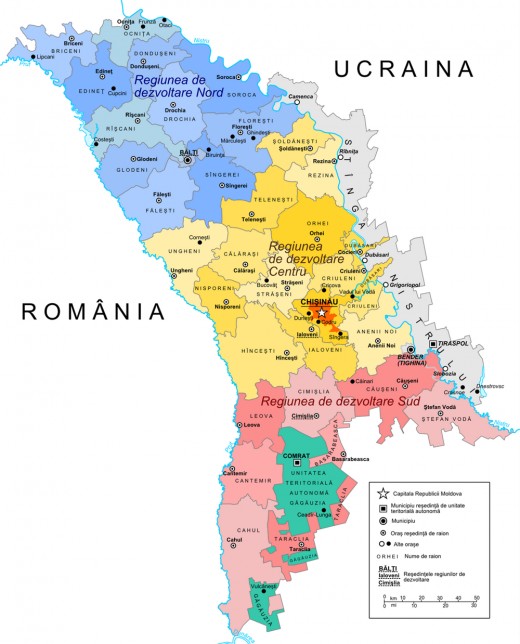
Conclusion
Soviet anthropologists have tried to reach some conclusions about joining "Western Romanesque" with the Slavs, but the evidence is not conclusive. According to linguistic arguments, there is a Moldovan language different from Romanian. However, the Soviets could not prove that Moldovan language is belonging to the family of Slavic languages.
For political reasons, the theory of existence of "Moldovan people" was supported by historians and politicians after 1991 in Moldova, especially by Voronin's regime. In 2009, they celebrated 650 years since the foundation of the Moldovan state in 1359. The fall of Voronin's regime in 2009 made a number of changes, and opening the archives has facilitated the demonstration that the whole question of the existence of the Moldovan people is purely political, and not scientific.
